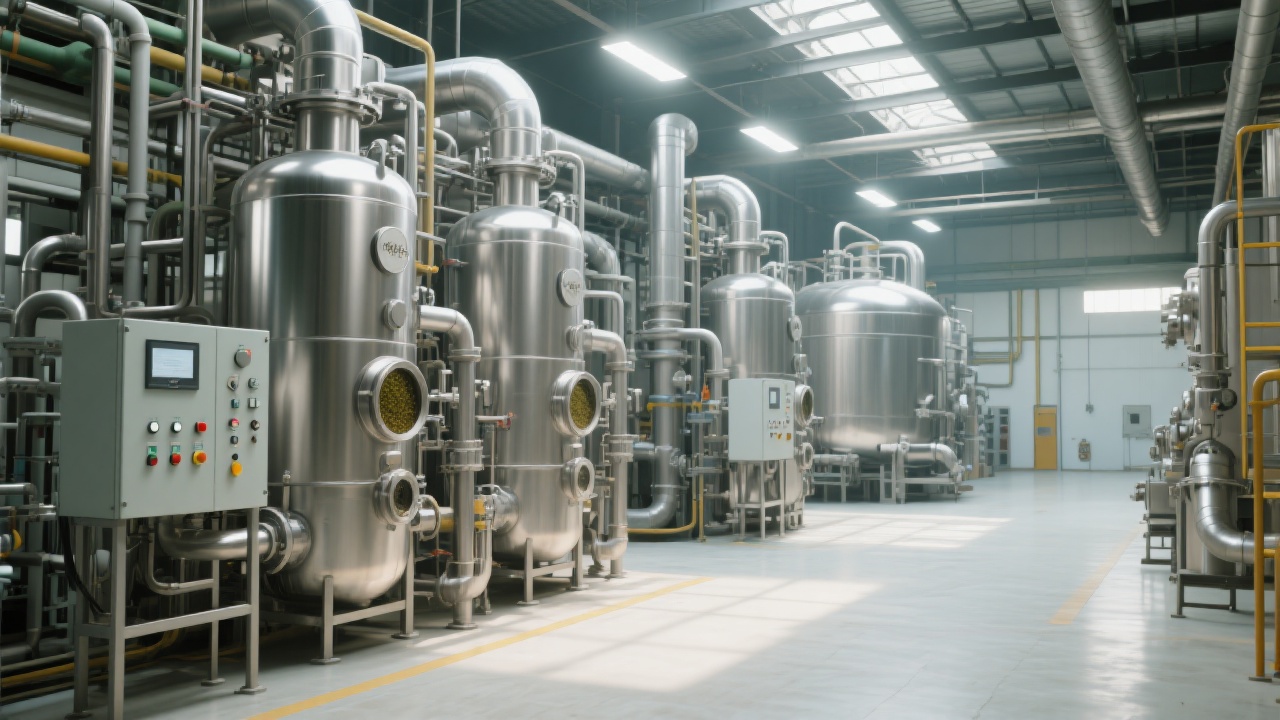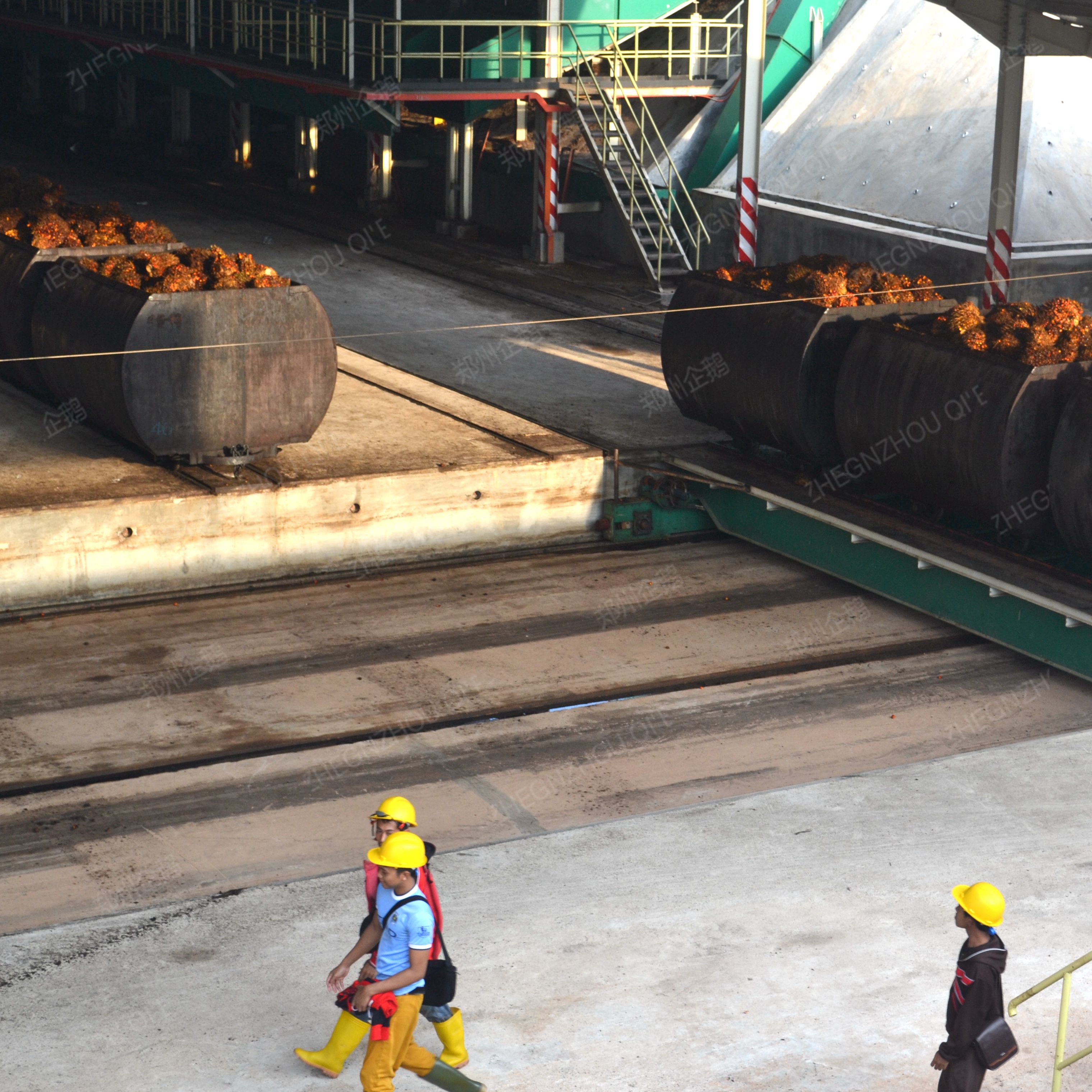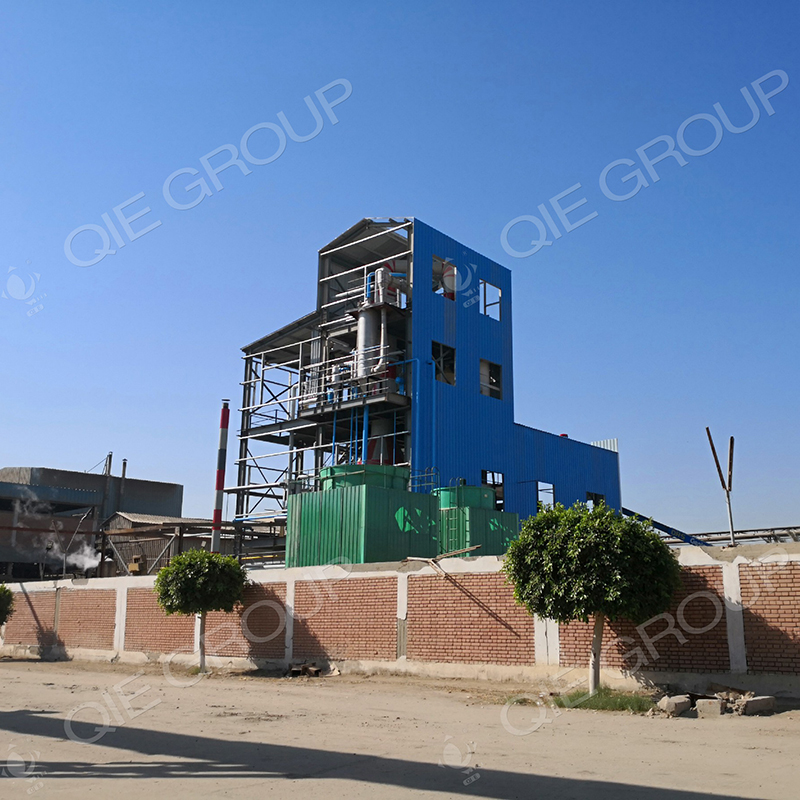
As a manager or technician in a small sesame oil factory, you're well - aware of the hygiene challenges. Cross - contamination in sesame oil production can lead to microbial over - standardization, which not only affects product quality but also damages your brand reputation. Let's delve into the causes and hazards of cross - contamination.
Cross - contamination mainly occurs due to improper equipment design, poor cleaning procedures, and lack of physical isolation. For instance, when different batches of sesame oil are processed on the same equipment without thorough cleaning, residues from the previous batch can contaminate the new one. This can cause a significant increase in microbial counts, making the product fail to meet international food safety standards.

The fully - enclosed sesame oil extraction system is a game - changer in preventing cross - contamination. First, in terms of physical isolation, it separates different production processes, reducing the chance of direct contact between different raw materials and products. The choice of materials is also crucial. 304 stainless steel, for example, is commonly used in the equipment. It is corrosion - resistant, easy to clean, and does not react with sesame oil, ensuring the purity of the product.
The sealed structure of the system further enhances its anti - contamination ability. By minimizing the gaps and openings, it prevents external pollutants from entering the production process. This engineering design reduces the risk of microbial contamination by up to 70%, according to industry research.
The Clean - in - Place (CIP) cleaning system is an essential part of the anti - contamination strategy. It can automatically clean the equipment without disassembly, improving cleaning efficiency by 60%. The CIP system operates through a series of steps, including pre - rinse, cleaning with detergents, intermediate rinse, disinfection, and final rinse.
During different production processes, the CIP system can be adjusted accordingly. For example, in the oil extraction stage, a stronger cleaning solution may be required to remove oil residues. In the refining stage, a more gentle cleaning process can be used to avoid damaging the refined oil. By optimizing the application of the CIP system in each process, you can effectively reduce the risk of cross - contamination.

To ensure continuous and effective anti - contamination, a hierarchical cleaning plan is necessary. This includes daily inspections, weekly cleanings, and monthly maintenance.
Daily Inspections: Check for visible residues, leaks, and the proper functioning of the equipment. A simple checklist can be used to ensure that all key points are covered. This daily routine can help you detect and address minor issues in a timely manner, reducing the risk of large - scale contamination.
Weekly Cleanings: Conduct a more thorough cleaning of the equipment using the CIP system. This includes cleaning all pipes, tanks, and valves. A visual inspection checklist can be used to ensure that all parts are cleaned properly.
Monthly Maintenance: Perform in - depth maintenance, such as checking the seals, replacing worn - out parts, and calibrating the equipment. This long - term maintenance plan helps to keep the equipment in optimal condition, ensuring the stability of the production process.
By comparing failed and successful cases, we can extract valuable cleaning management experience. In some factories, due to the lack of a proper cleaning system, microbial over - standardization occurred frequently, resulting in product recalls and a significant loss of customers. On the other hand, factories that implemented a comprehensive anti - contamination strategy, including the use of a fully - enclosed system and a well - designed CIP system, saw a significant improvement in product quality and customer trust.

Implementing these anti - contamination measures can significantly reduce the risk of microbial over - standardization, improve customer trust, and provide a more stable return on investment. Are you ready to take your sesame oil factory to the next level in terms of hygiene and quality?
Click here to learn more about enhancing your sesame oil production hygiene!
Before you leave, we'd like to hear from you. Please answer the following question: Do you think your factory currently has an effective anti - contamination system in place? Yes No